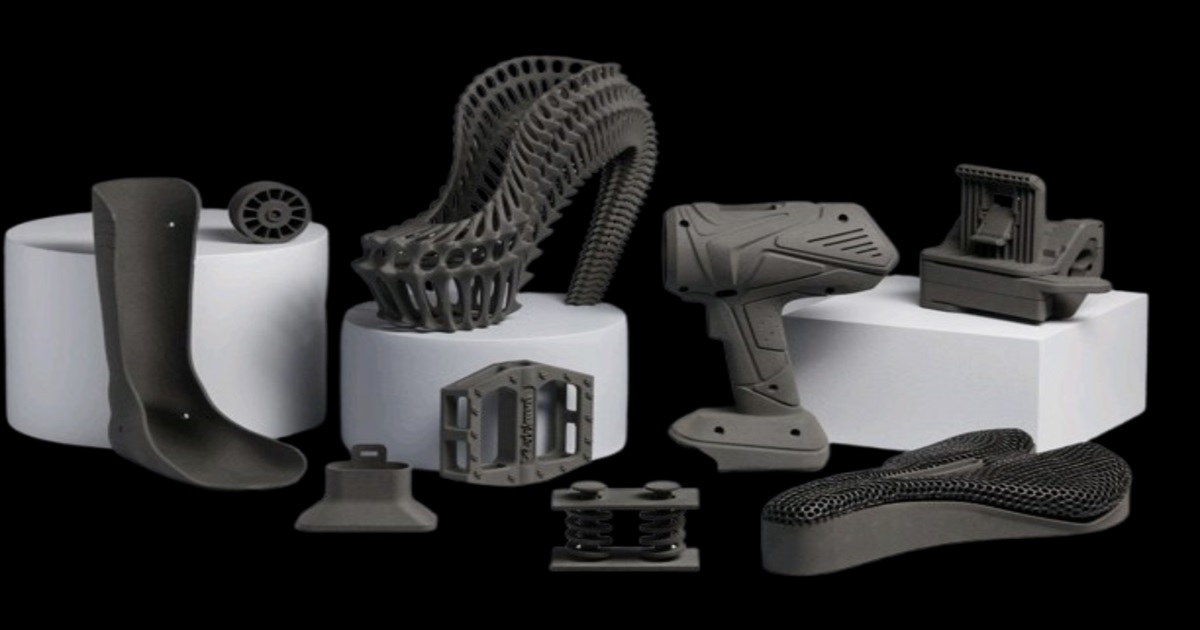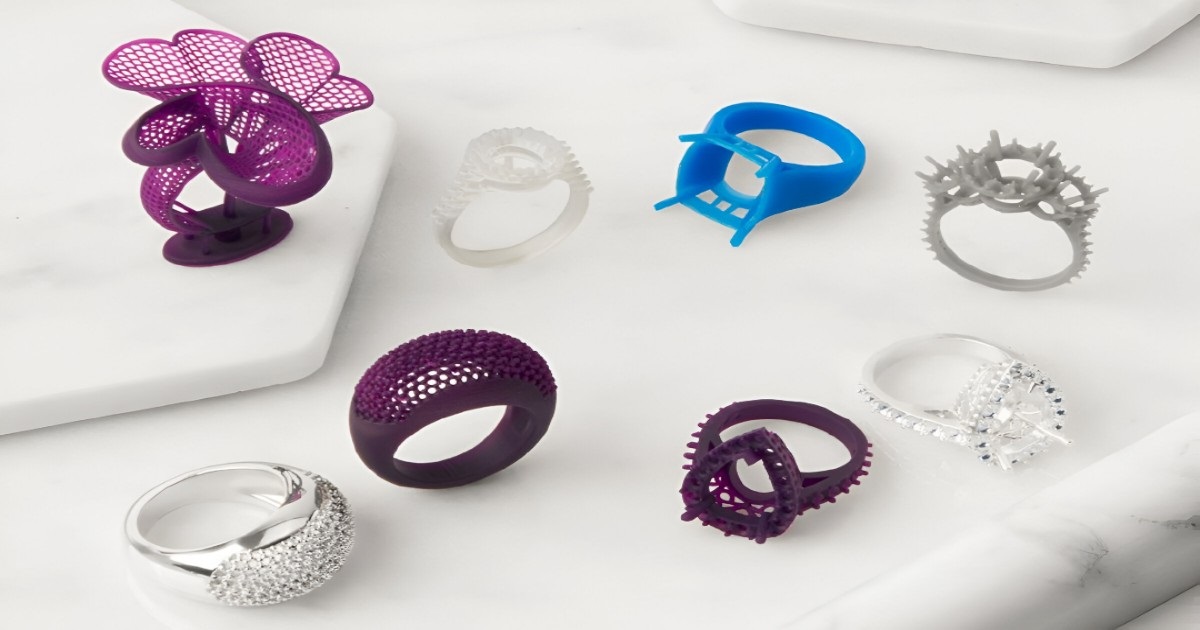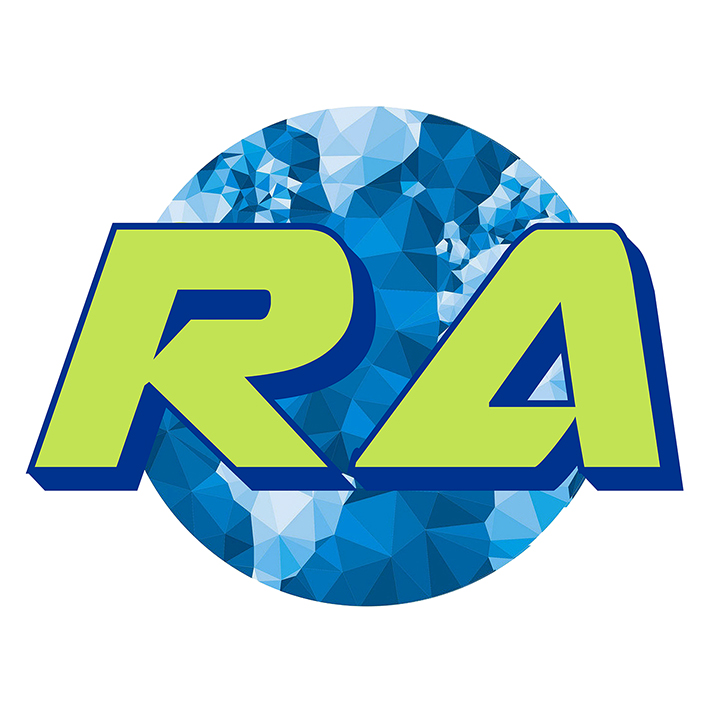3D Printing Services
What are 3D printing services?
3D printing services involve creating physical objects from digital designs using additive manufacturing technology. This process builds objects layer by layer, allowing for complex geometries and customized products. Three-dimensional (3D) printing services revolutionize product creation by transforming digital designs into physical objects with precision and accuracy. This cutting-edge technology employs layer-by-layer construction, enabling the development of complex geometries and tailored products that traditional manufacturing methods cannot replicate. 3D printing, once seen merely as a tool for prototyping, has ushered in a groundbreaking era of manufacturing.
3D printing services, also known as additive manufacturing, revolutionize the way we create objects. It transforms a 3D CAD model into a tangible item by systematically adding material layer by layer. This method eliminates the need for traditional tools like cutting instruments or molds, as the object is directly printed onto a print bed. Utilizing a computer-generated 3D model, the technique dissects the object into numerous cross-sections. These sections are then meticulously constructed on the print bed, layer after layer, until the object is fully formed. Additive manufacturing has become indispensable for rapid prototyping, manufacturing, and tooling, making it possible to create a master model through 3D printing services.
Key aspects of 3D printing services:
- Rapid prototyping: Quickly create prototypes for testing and validation.
- Customization: Produce tailored products with specific features and designs.
- Complex geometries: Create intricate shapes and structures not possible with traditional manufacturing.
- Material variety: Use various materials, such as plastics, metals, and ceramics.
This technology is extensively applied in crafting physical prototypes, models, patterns, tooling components, and production parts from a diverse range of materials, including polymers, composites, metals, biomaterials, and ceramics. Leveraging 3D printing services, companies can accelerate the product design process, streamline operations, and use additive manufacturing for product visualization. This ensures every aspect of the design is refined and perfected before market launch.
Why are 3D printing services important?
3D printing services matter for several key reasons. Firstly, rapid prototyping speeds up product development and testing, allowing for faster iteration and refinement. Additionally, 3D printing enables increased precision, resulting in accurate and detailed product creation. The technology also offers design flexibility, allowing for complex geometries and customized products that would be challenging or impossible to produce with traditional methods. Furthermore, 3D printing is cost-effective, reducing material waste and tooling costs. It also fosters innovation and creativity in product design, enabling tailored products for specific needs. Ultimately, 3D printing reduces production time, accelerating time-to-market for products and giving businesses a competitive edge.
What are the common challenges in 3D printing services?
3D printing comes with its own set of challenges. One of the primary concerns is material limitations, including limited options, properties, and compatibility. Maintaining dimensional accuracy and precise tolerances can also be a hurdle. Achieving the desired surface finish and texture is another challenge, as is managing support structures and their removal during post-processing. Warping and distortion during printing can compromise the final product's quality, while ensuring strong layer adhesion is crucial for durability. Balancing printing speed with quality and accuracy is a delicate task. Additionally, 3D printing often requires extra post-processing steps for finishing and preparation. The high cost of equipment and materials, along with limited accessibility, can also hinder adoption. Lastly, designing complex geometries and managing intricate designs can be a significant challenge in 3D printing.

Related Services
Related Services to 3D printing services:
- 3D Modeling and Design: Creating digital models for 3D printing.
- 3D Scanning: Capturing physical objects' geometry for replication or modification.
- Rapid Prototyping: Quickly creating prototypes for testing and validation.
- Reverse Engineering: Replicating existing products or components using 3D scanning and modeling.
- CNC Machining: Computer-controlled machining for precision parts production.
- Injection Molding: Producing high-volume plastic parts with precision and accuracy.
These services often complement 3D printing, enabling comprehensive product development and manufacturing solutions.
The Process
The 3D printing process:
- Design: Creating a digital 3D model using CAD software or other tools.
- File Preparation: Converting the design into a 3D printing format (e.g., STL) and optimizing for printing.
- Material Selection: Choosing the appropriate 3D printing material (e.g., plastic, metal, or ceramic).
- Printer Setup: Configuring the 3D printer settings, such as layer thickness, temperature, and speed.
- Printing: Building the object layer by layer using the selected material and printer settings.
- Post-Processing: Removing support structures, sanding, painting, or applying other finishes.
- Quality Control: Inspecting the printed object for accuracy, quality, and defects.
- Final Touches: Applying additional treatments or coatings, if required.
Types of 3D printing processes:
- Fused Deposition Modeling (FDM): Builds objects layer by layer by extruding melted plastic through a nozzle.
- Stereolithography (SLA): Uses a laser to solidify liquid resin, producing highly detailed and accurate prints.
- Selective Laser Sintering (SLS): Fuses powdered material particles together using a laser to create strong and durable parts.
- Multi Jet Fusion (MJF): Produces complex parts with exceptional accuracy and fine details using powdered thermoplastics.
- DMLS (Direct Metal Laser Sintering): Melts and deposits metal onto a substrate using a focused beam of energy, such as a laser or electron beam.

What are the applications of 3D printing services across various industries?
Applications of 3D printing services across various industries:
- Aerospace: Lightweight components, complex geometries, and rapid prototyping.
- Automotive: Custom parts, tooling, and production components.
- Healthcare: Custom implants, prosthetics, surgical models, and dental implants.
- Industrial: Complex parts, tooling, and production components.
- Consumer Products: Custom phone cases, jewelry, and household items.
- Architecture: Scale models, complex designs, and building components.
- Medical Devices: Custom implants, surgical guides, and medical models.
3D printing services are transforming industries by enabling rapid prototyping, complex part production, and customization, leading to increased innovation and efficiency.
Why Choose RA Global?
RA Global specializes in providing 3D printing and rapid prototyping services, transforming your visions into tangible realities. We cater to businesses and individuals alike, harnessing the power of 3D printing for creating show or concept models, production parts, spare parts, and facilitating rapid prototyping, manufacturing, and tooling. Engineers and designers can quickly and frequently revise their concepts thanks to rapid prototyping. 3D-printed prototypes are useful for both visual and functional testing because of the variety of accessible technologies and materials, including plastics and metals.
Discover the best deals on our P7 SLA 3D Printer and P13 SLA 3D Printer. Get in touch for your complimentary quote today!
We at RA Global can help you scale your business. Contact us to start your first project.
Frequently Asked Questions
What are 3D printing services?
We turn digital 3D models into physical objects using additive manufacturing technologies, ideal for prototypes, functional parts, and custom production.
Why choose RA Global for 3D printing?
We offer multiple printing technologies, fast turnaround, material options, and quality control to ensure accurate, high‑quality parts for various applications.
Which industries benefit from 3D printing?
Automotive, healthcare, consumer products, engineering, architecture, and industrial manufacturing all use 3D printing for rapid prototyping and low‑volume production.
What materials do you offer for 3D printing?
We print with plastics, resins, metals, and composites, selected based on your project’s mechanical, thermal, and aesthetic requirements.
Can you print from my CAD files or designs?
Yes! Share your CAD files in formats like STL or STEP, and we will help bring your design to life with precision.

